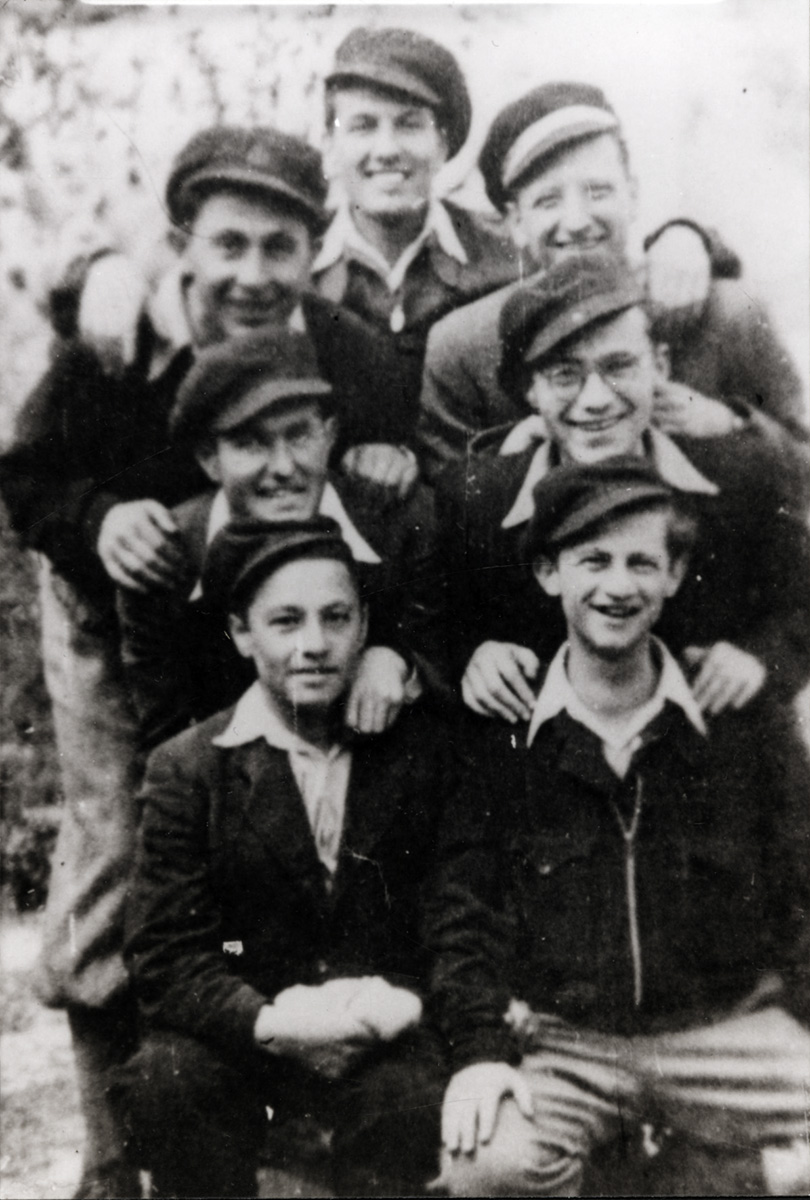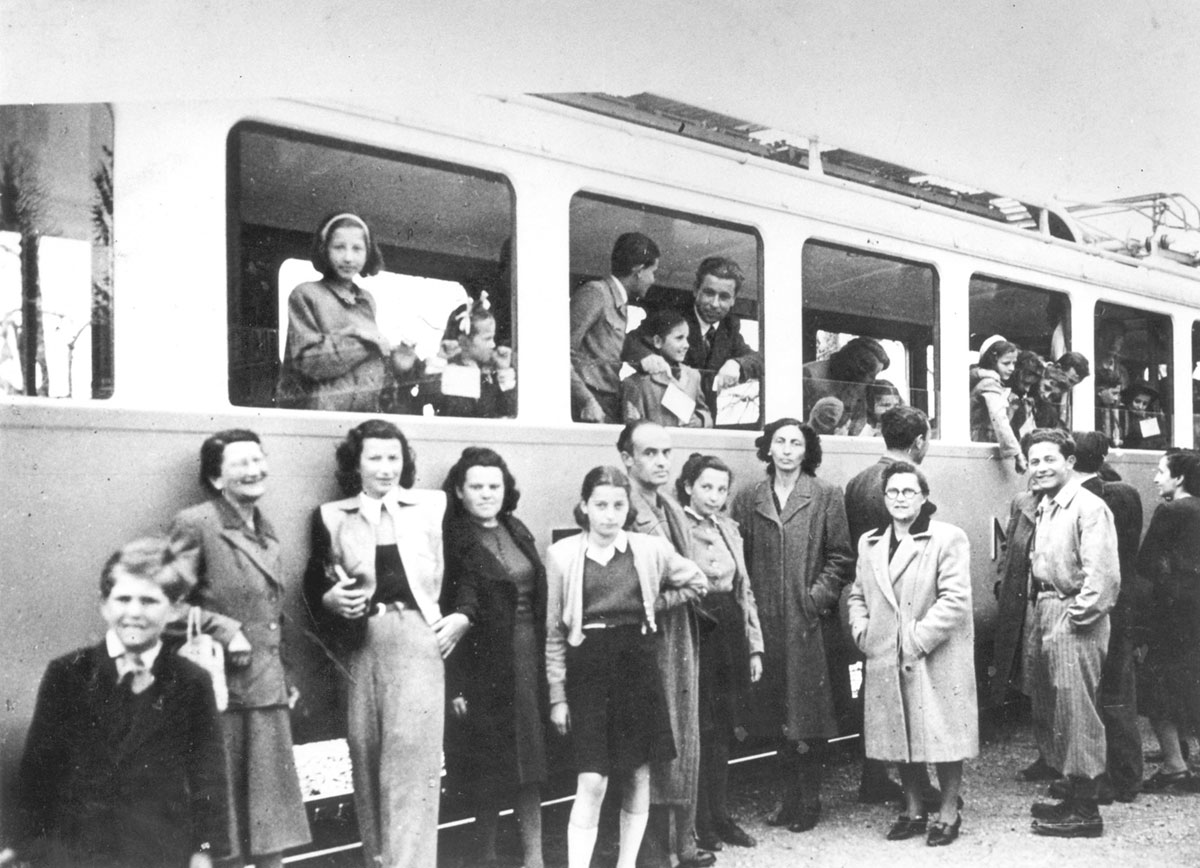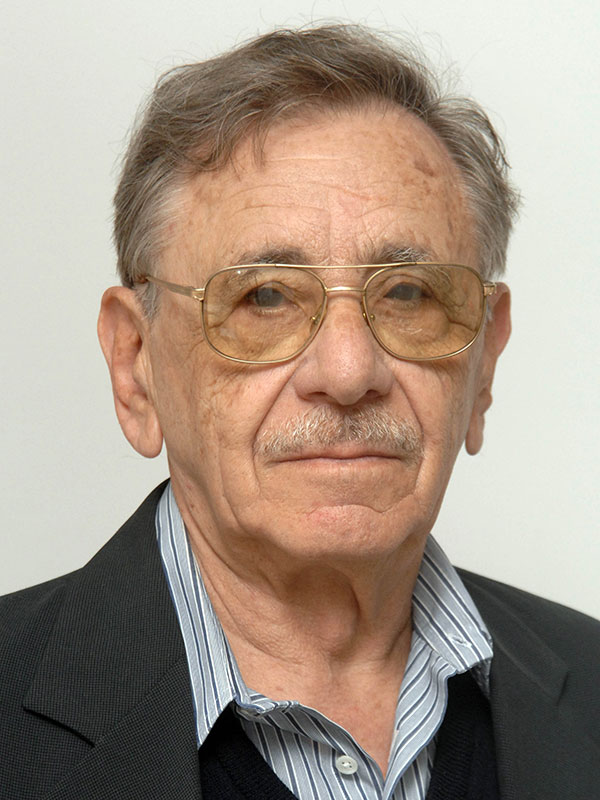The Zionist Youth Movements’ Underground in Hungary
With the German occupation of Hungary in March 1944, the Zionist youth movements in Budapest decided to go underground and to pursue every possible avenue to save Jews. The underground smuggled 7,000-15,000 Jews into Romania (“The Tiyul”) until the border became a front line in August 1944. It set up a workshop for forging documents, which were also used to release Jews from labor battalions and death marches to Austria.
About 100,000 protective passes, “Schutzpasses”, were issued made by the underground and distributed to among Jews in Budapest. After the rise to power of the Arrow Cross in October 1944 and the renewal of the murders, the underground acquired 52 children’s homes, supposedly under International the Red Cross auspices of the Red Cross. About 6,000 children and instructors lived there in these houses until the liberation. From October 1944 to January 1945, the youth movements were, in effect , became the alternative leadership.
Israel Kasztner and the Relief and Rescue Committee
Towards the end of 1941 with the increase in the number of Jewish refugees in Hungary, the Relief and Rescue Committee was established. At its heads were Otto Komoly, deputy chairman of the Hungarian Zionist Federation, and Israel Kasztner, a Zionist leader in Transylvania. Between 1942 and the German occupation of Hungary in 1944, the Committee helped Jews who reached Hungary and assisted in smuggling Jews from Poland into Hungary. With the German entry into Hungary, Kasztner made contact with SS officer Dieter Wisliceny, who had negotiated with Jews in Slovakia. Soon Adolf Eichmann took over the negotiations from the German side, and proposed that 10,000 fully loaded trucks would be provided to the Germans in exchange for Jews. These negotiations took place in the shadow of the ongoing deportation of 100,000s of Hungarian Jews. Among other results, the negotiations led to the rescue of 1,684 Jews, who went by train to Bergen-Belsen and then to Switzerland, and the transfer to Austria of 20,000 Jews for forced-labor, instead of being sent to Auschwitz.
David Gur, Underground Activist
David Gur was born in 1926 in Okany, southeastern Hungary to a family of four. In 1938, the Hungarian regime began to implement anti-Jewish laws. David’s father lost his business license and the family’s economic situation worsened.
Imbued with the spirit of Zionism, David went to Budapest to learn a useful trade for living in Eretz Israel. While working as a building apprentice for a Jewish contractor, he began to take part in the underground activities of Hashomer Hatzair, which included helping refugees arriving from neighboring countries. In March 1944, the German invaded Hungary, and the underground created a united defense committee whose wide range of forging and other rescue activities resulted in the saving of thousands of Jewish and non-Jewish lives. David joined a cell in charge of forging documents. One day, he and his friends were caught by Hungarian detectives. Though they quickly swallowed the forged documents, the equipment in their suitcases gave them away. After a brutal investigation, during which one of them died, the rest of the group was taken to the military prison in Budapest. David was among those scheduled for execution, but to their surprise, the prisoners were transported instead to the Swiss consulate building, where they were freed, thanks to the bribing of a senior prison warden by the underground.
To read the full story and watch video, click here.









